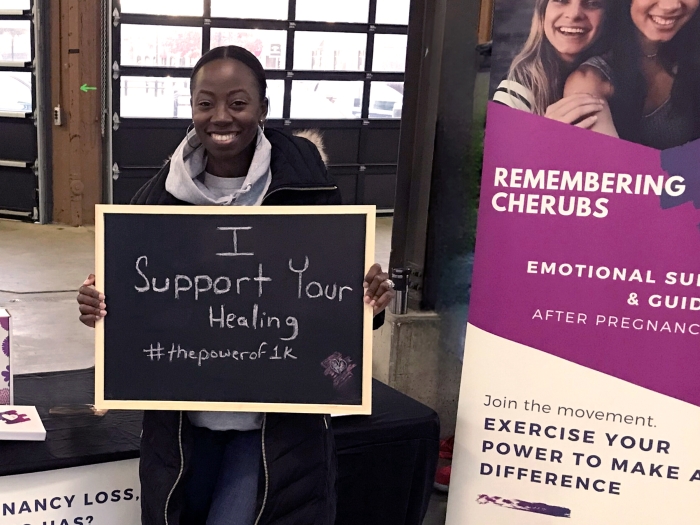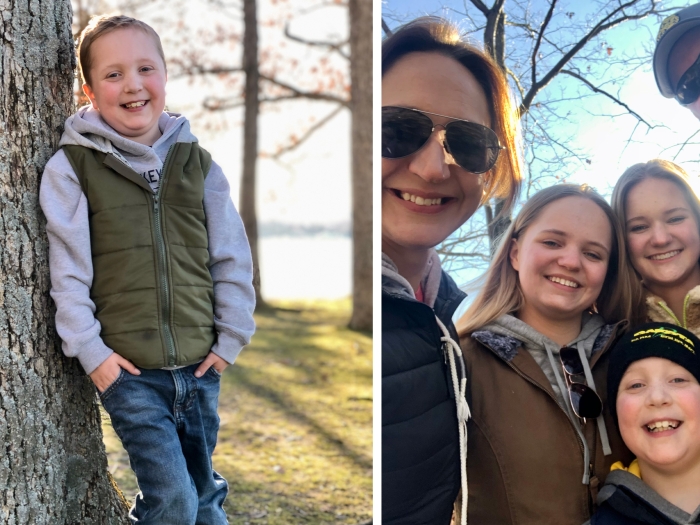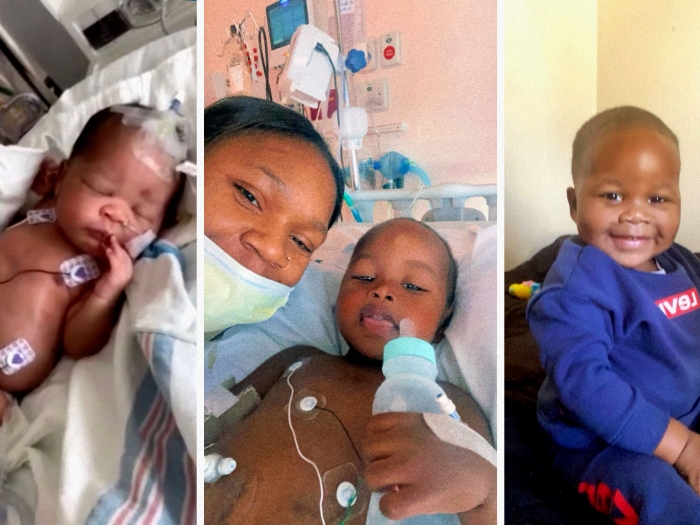The rate of babies exposed to opioids in utero is increasing dramatically in rural America, a U-M study finds.
11:00 AM
Author |

The number of babies born with drug withdrawal symptoms from opioids grew substantially faster in rural communities than in cities, a new study suggests.
MORE FROM THE LAB: Sign up for our weekly newsletter
Newborns exposed to opioids in the womb and who experience withdrawal symptoms after birth (known as neonatal abstinence syndrome) are more likely to have seizures, low birth weight, breathing, sleeping and feeding problems.
The study, published today in JAMA Pediatrics, highlights a dramatic and disproportional rise in opioid-related complications among rural pregnant women and their infants. Researchers from the University of Michigan C.S. Mott Children's Hospital and Monroe Carell Jr. Children's Hospital at Vanderbilt University tracked newborns treated for opioid-related issues over 10 years.
They found that in rural areas, the rate of newborns diagnosed with neonatal abstinence syndrome increased from nearly one case per 1,000 births from 2003-2004 to 7.5 from 2012-2013. That's a surge nearly 80 percent higher than the growth rate of such cases in urban communities.
"The opioid epidemic has hit rural communities especially hard and we found that these geographical disparities also affect pregnant women and infants," says lead author and Mott pediatrician Nicole Villapiano, M.D.
"Our study highlights an urgent need to fund providers and programs that will help improve access to opioid prevention and treatment services for rural women and children. Maternal opioid use requires special attention given the poor outcomes and high costs. If we can provide resources to the areas that need them the most, we can do more on the front lines to address the opioid crisis for our most vulnerable patients."
Using national data, researchers found that between 2012 and 2013, rural infants accounted for over 21 percent of all infants born with neonatal abstinence syndrome — a large spike from 2003 when rural infants made up only 13 percent of the neonatal abstinence syndrome cases in the U.S.
Geographical differences were mirrored by trends in national maternal opioid use, the study also found. In 2012, maternal opiate use in rural counties was nearly 70 percent higher than in urban counties — 8 per 1,000 childbirth hospitalizations compared to 4.8 in urban counties.
SEE ALSO: What Will It Take to Overcome the Opioid Addiction Epidemic?
Additionally, study authors found that compared to urban peers, rural infants and mothers with opioid-related diagnoses were more likely to be from lower-income families, have public insurance and be transferred to another hospital following delivery.
Villapiano notes that families in urban areas typically have wider access to treatment and addiction services that can help affected babies have better outcomes.
"We need to consider what kind of support moms with opioid disorders have in rural communities," she says.
Over the last two decades, the U.S. has seen a surge in prescriptions for opioid pain relievers like Vicodin and Opana. In recent years, opioid-related complications, both from painkillers and street drugs like heroin, substantially increased in the country, including among pregnant women and their infants. Newborns with the syndrome have higher risk of adverse outcomes and longer, costlier hospital stays compared to healthy infants.
Pregnant women with opioid use disorder who are treated with drugs like buprenorphine combined with an opioid addiction treatment program have better outcomes when compared to women without access to these services. Villapiano suggests that increasing the number of rural doctors authorized to prescribe buprenorphine and expanding rural mental health and substance abuse services are good first steps toward supporting rural moms with opioid addiction.
After a baby is born with signs of opioid withdrawal, however, it is important that community hospitals are adequately staffed and resourced to treat women and infants impacted by opioid use, authors note.
"As a nation, there is an urgent need to develop strategies tailored to rural communities focused on prevention and expansion of treatment," says senior author Stephen W. Patrick, M.D., M.P.H., M.S., assistant professor of pediatrics and health policy at Vanderbilt University.
"We need to develop means to support rural hospitals, especially critical access hospitals, that are on the front lines in providing care for mothers and infants impacted by the opioid epidemic."

Explore a variety of healthcare news & stories by visiting the Health Lab home page for more articles.

Department of Communication at Michigan Medicine
Want top health & research news weekly? Sign up for Health Lab’s newsletters today!





